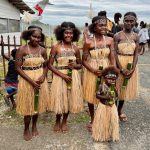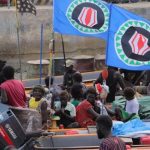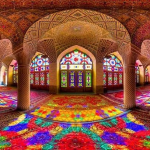While few people know about the West Papua conflict, it is actually one of the longest-running and most controversial insurgencies in the world.
Who does it involve, what are they fighting for, and why do so few people know anything about it? Well lock yourself in, this is the YPT guide to the West Papua conflict.
Table of Contents
Background troubles in West Papua
West Papua, the western half of the island of New Guinea, was once part of the Dutch East Indies. When Indonesia gained independence in 1949, the Dutch held on to West Papua, claiming it was ethnically and culturally distinct from the rest of the archipelago. Plans were made to gradually grant independence to the indigenous population.
Indonesia, however, saw the territory as part of its rightful inheritance. As Cold War tensions escalated, the United States, concerned about pushing Indonesia closer to the Soviet Union, brokered the 1962 New York Agreement. This deal transferred West Papua to UN administration and then to Indonesia, on the condition that a referendum would be held to determine the region’s future.
Indonesia assumed control in 1963, setting the stage for decades of unrest and resistance that continue today.
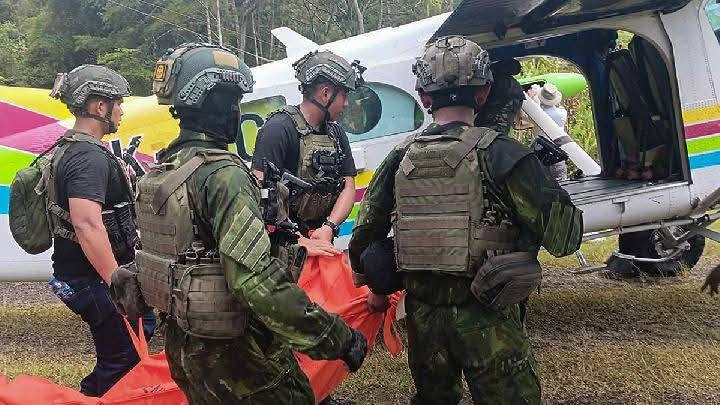
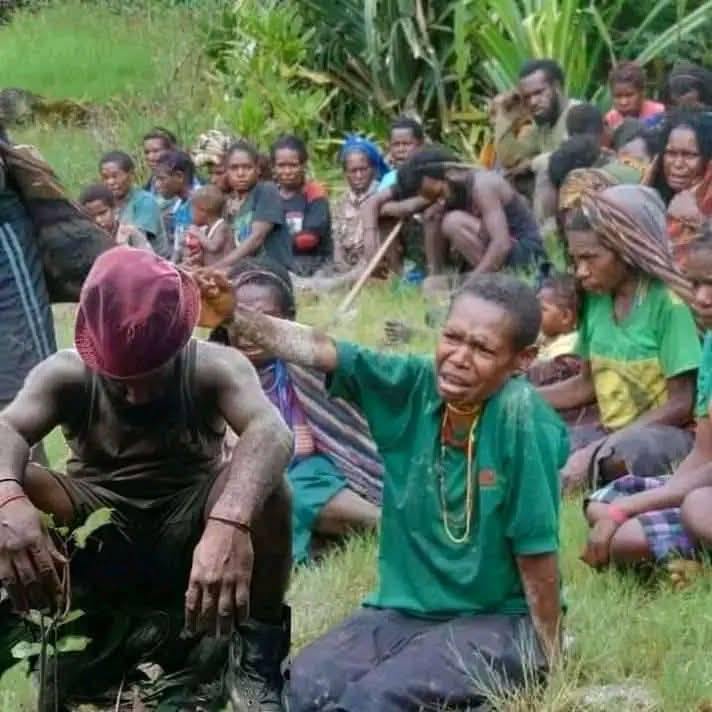
The Act of Free Choice
The promised referendum came in 1969, known officially as the Act of Free Choice. Instead of a one-person-one-vote system, Indonesia handpicked just over a thousand tribal leaders to vote on behalf of the entire population. Under heavy military presence and international scrutiny, they unanimously chose integration with Indonesia.
Few international observers at the time or since have considered the vote free or fair. It was rubber-stamped by the UN, but many have since referred to it as the “Act of No Choice.” The sense of betrayal still resonates deeply with Papuans and is a core reason the conflict has continued for over half a century.
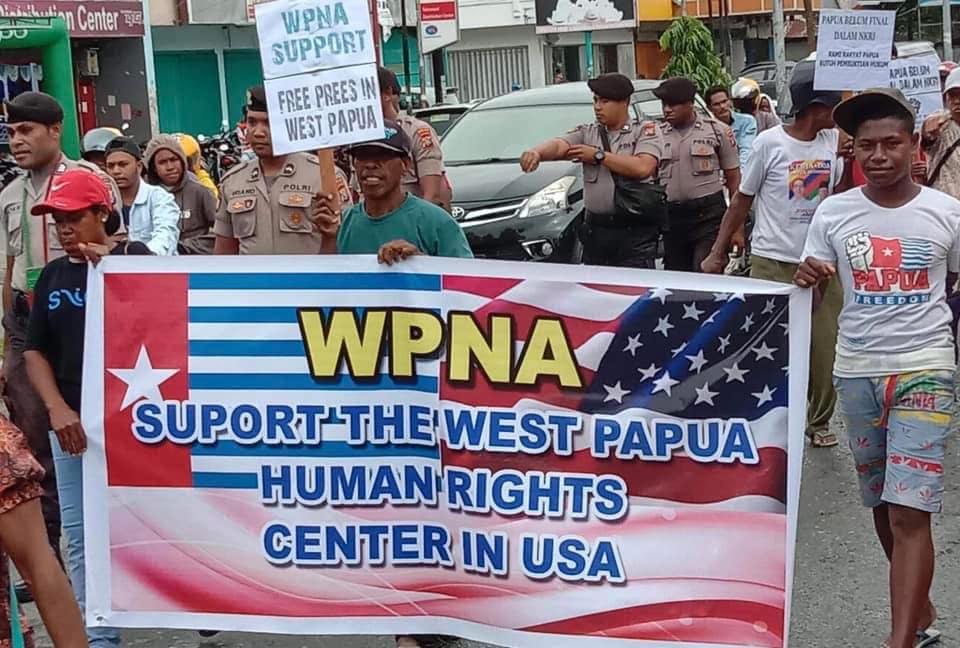
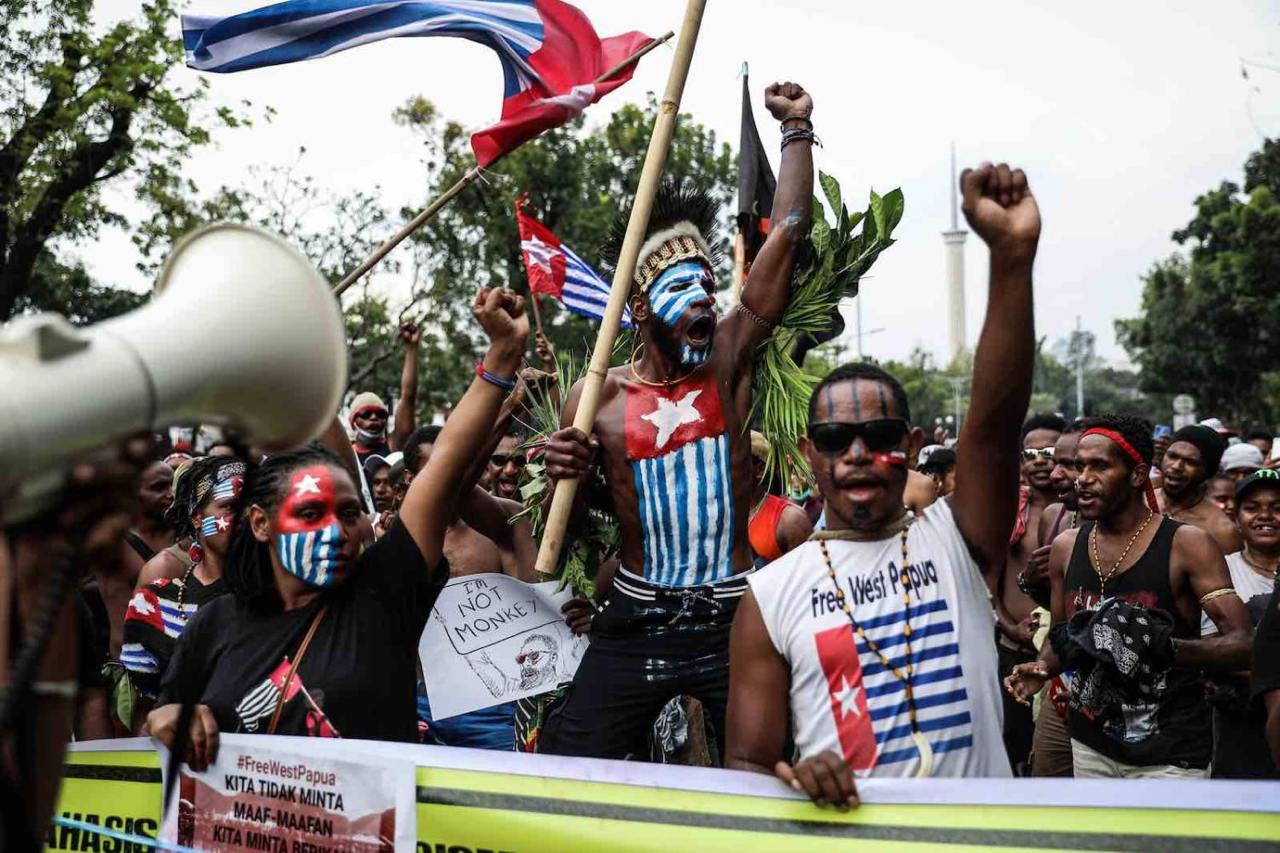
To the present
The conflict is far from historical. Clashes between Indonesian security forces and various resistance groups continue, particularly in the central highlands and more remote regions. In 2023, the kidnapping of a New Zealand pilot by a militant faction drew rare international headlines. Military reprisals and displacement of civilians are regular occurrences.
Despite these issues, tourism does exist in some areas, such as Jayapura and the Baliem Valley. That said, movement is monitored and special permits are often required. Foreign tourists are rarely targeted directly, but there is always a risk of being caught in the crossfire or restricted during periods of heightened tension.
Main players in the West Papua conflict
The most well-known group is the Free Papua Movement, or OPM, which has fought since the 1960s. The OPM has splintered over the years, with some factions choosing guerrilla resistance and others opting for international advocacy. One of the more active armed offshoots is the West Papua National Liberation Army (TPNPB), which operates primarily in the central highlands.
On the diplomatic front, the United Liberation Movement for West Papua (ULMWP) represents Papuan interests abroad and continues to lobby for international recognition and a legitimate referendum. Based in exile, it has become the face of the nonviolent independence campaign.
While Papua New Guinea and Timor-Leste were once more vocal, both now largely maintain silence, careful not to jeopardize relations with Indonesia. The only country to consistently raise the issue is Vanuatu, which has brought it up repeatedly at the United Nations and other international platforms.
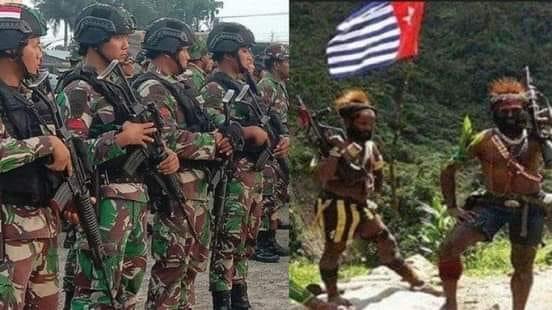
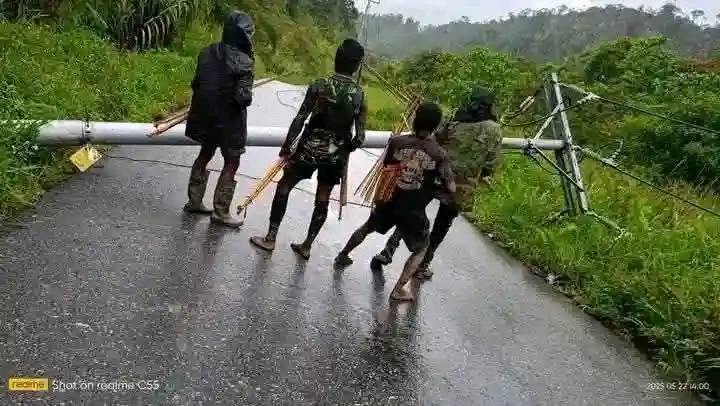
Why does no one know about the West Papua conflict?
It’s a question that doesn’t have an easy answer. While conflicts in Ukraine, Palestine, Tibet, and Xinjiang dominate headlines, West Papua barely registers. Part of this is political — Indonesia is a powerful regional player with strong ties to both the West and China. Another reason is access: foreign media are rarely allowed in, and those who do report face severe restrictions.
There are also parallels to other forgotten or under-reported conflicts, like Sudan or the Sahel region, where long-term suffering is met with short-term interest. The violence, the displacement, and the lack of basic rights simply don’t generate the kind of sustained outrage that other global crises do.
As a company that operates in the region, we have to remain neutral. But we can say this: more people should know what’s going on, and more should be done to ensure West Papua isn’t just another quiet corner of the world where silence allows injustice to continue.
Click to check out our West Papua Tours.



